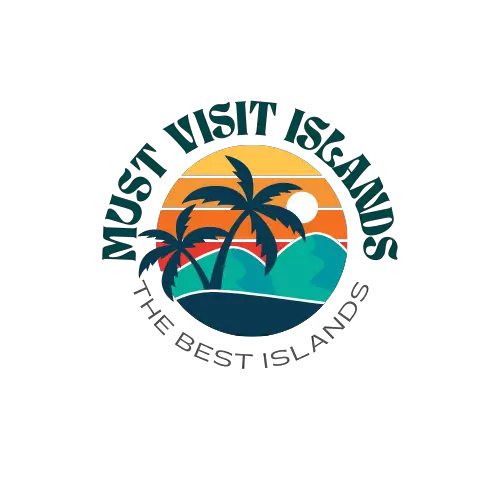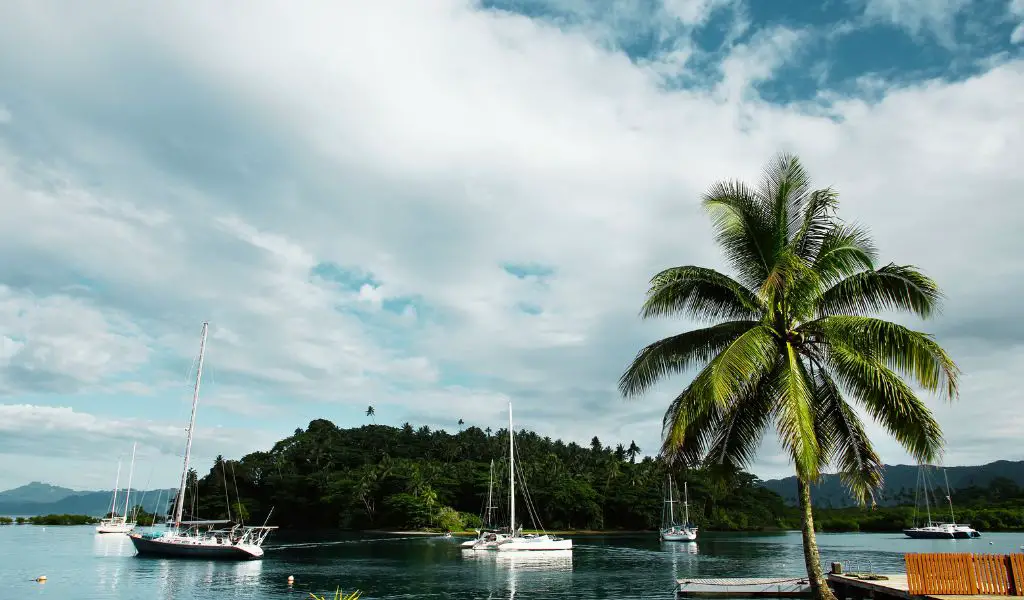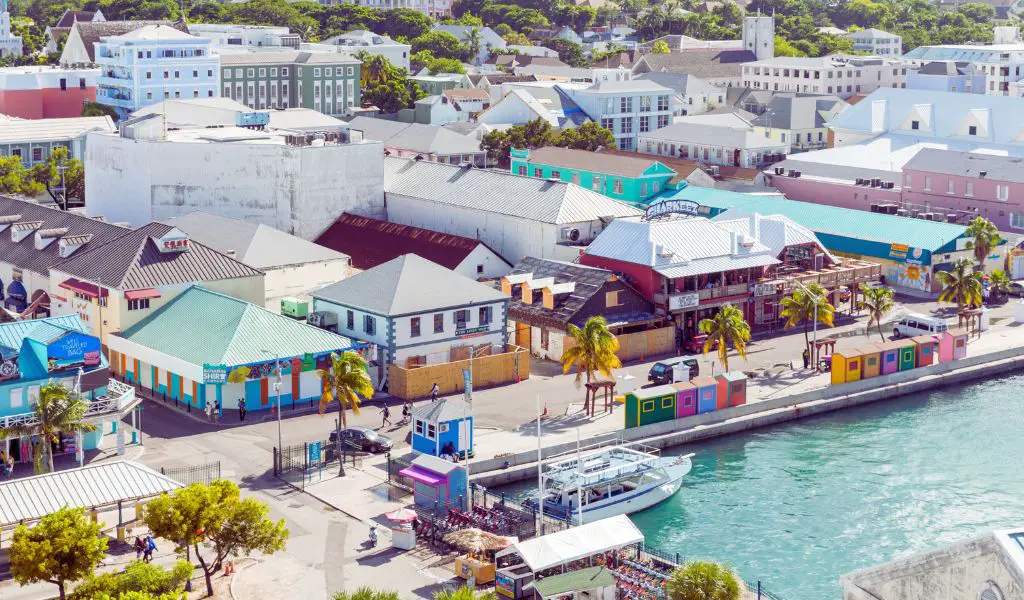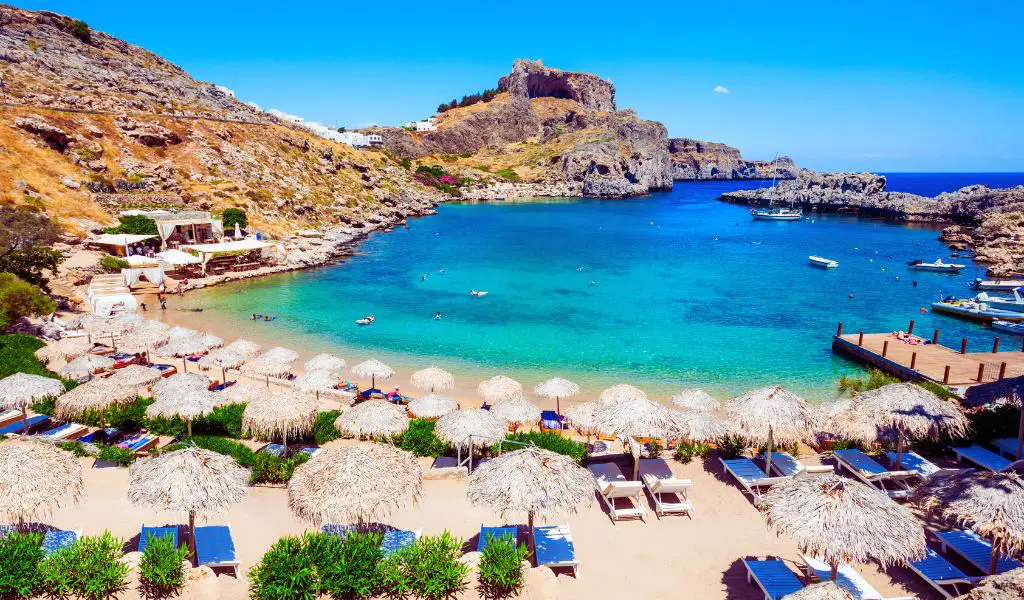Vanua Levu, often overshadowed by its larger sibling Viti Levu, is Fiji’s second-largest island and a treasure trove of natural wonders, cultural experiences, and off-the-beaten-path adventures. Nestled in the northern part of the Fijian archipelago, Vanua Levu offers a more secluded and authentic experience, making it a perfect destination for travelers seeking a deeper connection with nature and Fijian traditions.
Geography
Geographically, Vanua Levu is characterized by its rugged terrains, dense rainforests, and meandering rivers.
The island’s coastline is dotted with mangroves, secluded bays, and coral reefs, providing a sanctuary for a diverse range of marine life.
History
Historically, Vanua Levu has been a melting pot of cultures.
The island has seen the influence of indigenous Fijian tribes, European settlers, and Indian indentured laborers, each contributing to the rich tapestry of Vanua Levu’s heritage.
Attractions
Notable attractions on the island include the Wasali Nature Reserve, an untouched rainforest that offers hiking trails with panoramic views, and the Nakawaga Waterfall, a hidden gem that cascades into a serene pool.
Activities
Popular activities on Vanua Levu range from exploring its underwater wonders through diving and snorkeling to engaging with local communities and learning about traditional Fijian crafts and ceremonies.
The island’s less commercialized nature ensures that every experience feels personal, intimate, and truly unique.
Population
While Vanua Levu is the second-largest island in Fiji, it is less densely populated than Viti Levu, with many inhabitants residing in smaller villages and coastal towns.
When to Go
The best months to visit Vanua Levu are from May to October, during the dry season, when the weather is cooler and there’s minimal rainfall.
How to Get There
Labasa Airport and Savusavu Airport are the two main gateways to Vanua Levu. Regular domestic flights connect the island to Viti Levu and other parts of Fiji.
Highlights
Wasali Nature Reserve: A pristine rainforest reserve ideal for hiking and bird-watching.
Nakawaga Waterfall: A secluded waterfall that promises tranquility and natural beauty.
Savusavu Bay: Known for its hot springs and vibrant marine life, it’s a haven for divers and nature enthusiasts.
Labasa Town: The largest town on the island, offering a glimpse into Vanua Levu’s diverse culture and history.
What You Should Know
Currency: Fijian Dollar (FJD).
Language: English, Fijian, and Fiji Hindi.
Safety: Vanua Levu is generally safe for tourists. However, it’s always advisable to exercise caution, especially when traveling to remote areas.
FAQs about Vanua Levu Island
Is Vanua Levu suitable for solo travelers?
Yes, Vanua Levu is a welcoming destination for solo travelers, offering a mix of adventure and cultural experiences.
Are there luxury accommodations available on Vanua Levu?
While Vanua Levu is less commercialized, it does offer a range of accommodations, including luxury resorts and boutique lodges.
What’s the best way to explore the island?
Renting a car or hiring a local guide is recommended to explore the diverse landscapes and attractions of Vanua Levu.




